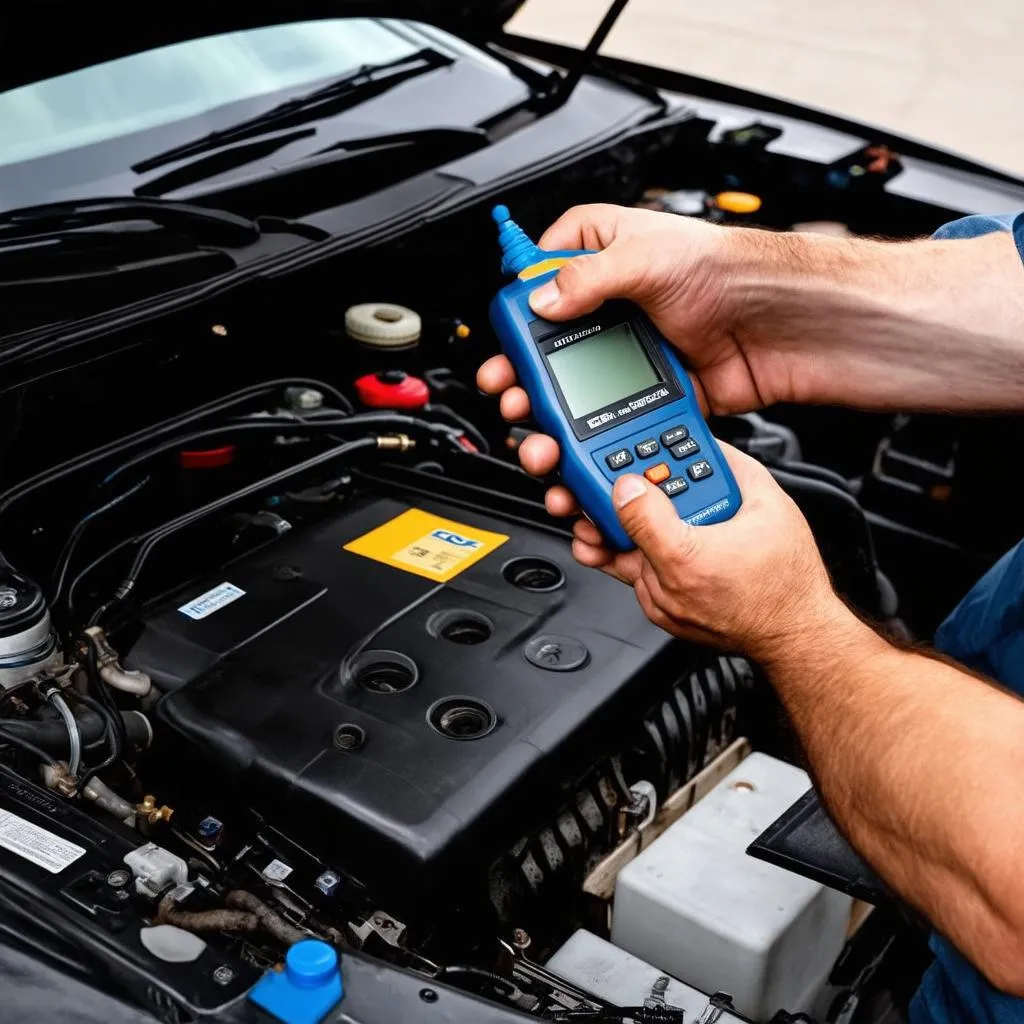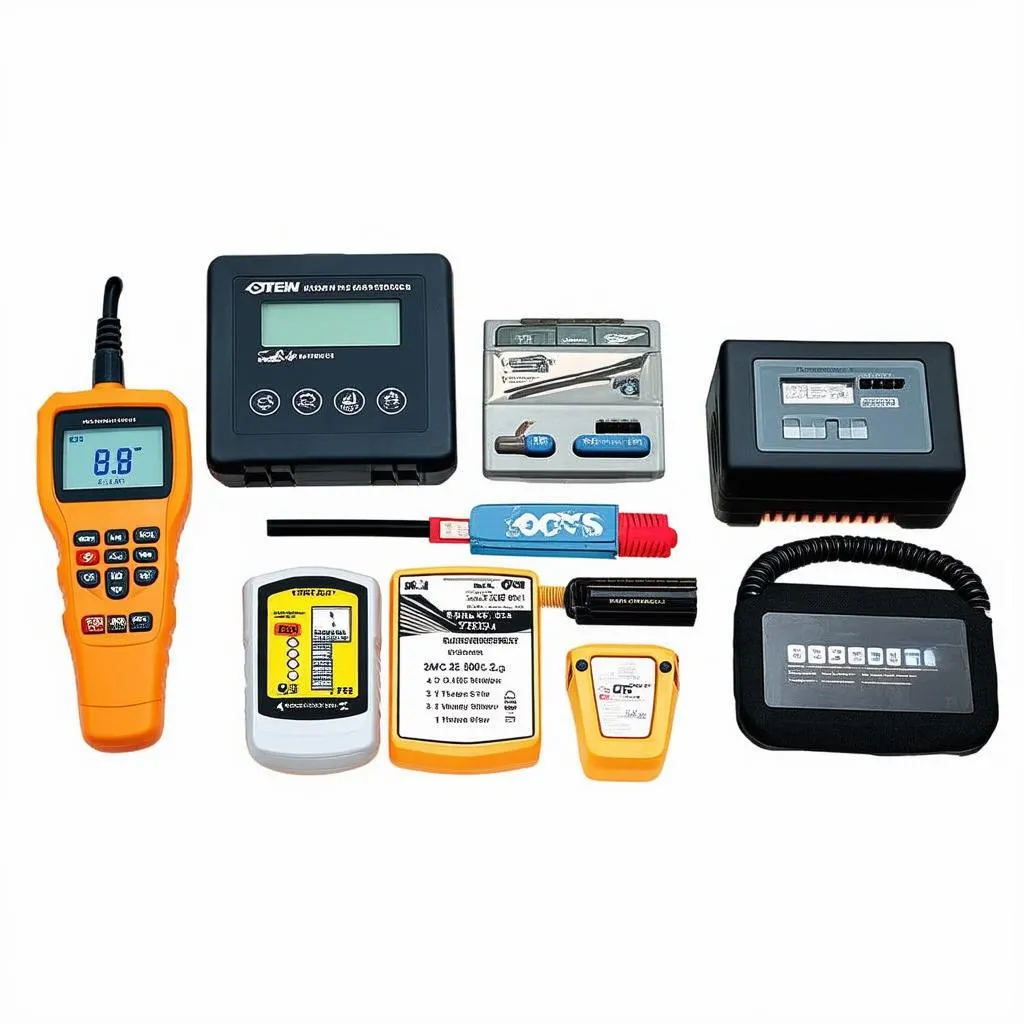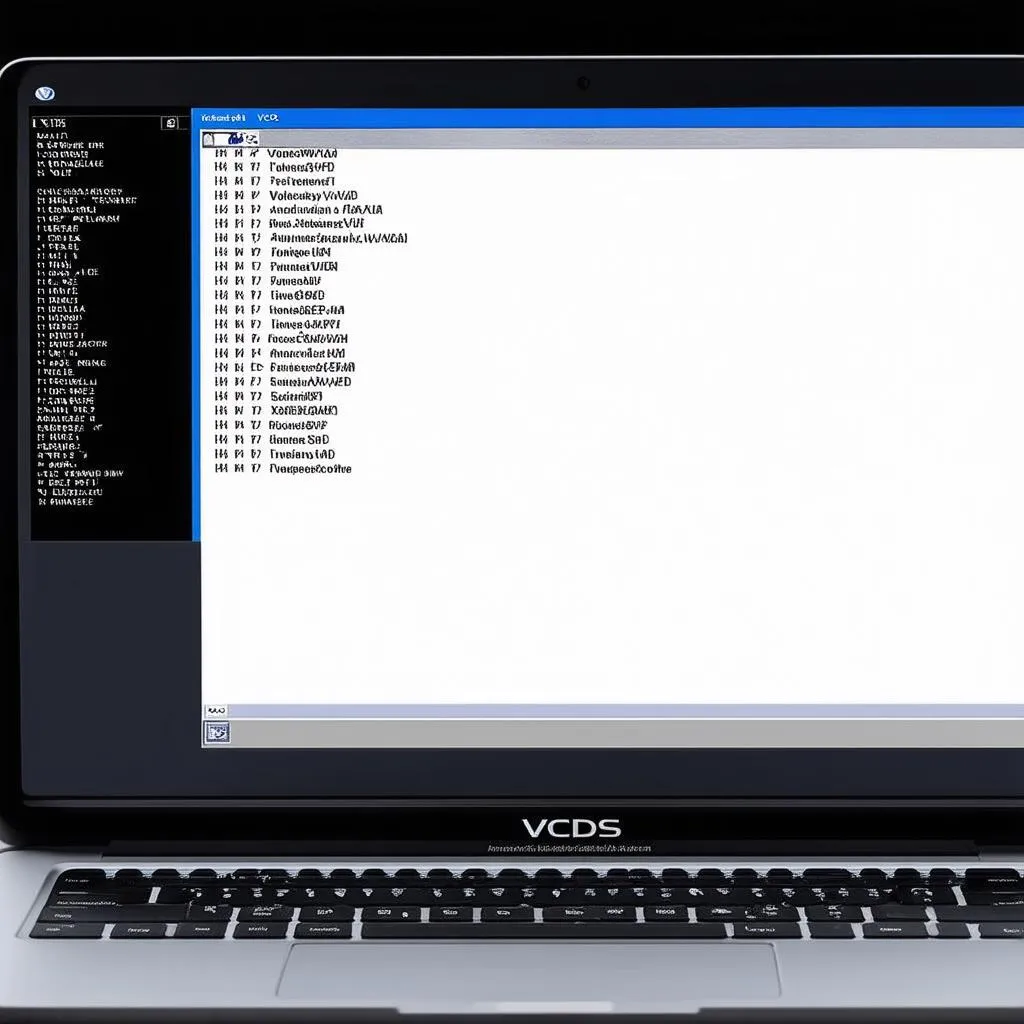The dreaded “check engine” light can strike fear into the heart of any car owner. For those who use VCDS (Vag-Com Diagnostic System), seeing the code “P2002” pop up adds another layer of complexity. This comprehensive guide breaks down everything you need to know about the P2002 VCDS code, from its meaning to diagnostic steps and potential solutions.
What Does the P2002 Code Mean?
The P2002 code indicates a problem with the Diesel Particulate Filter (DPF) efficiency below the threshold for Bank 1. This usually applies to vehicles with diesel engines. In simpler terms, the DPF, which is responsible for trapping harmful soot particles from exhaust gases, is not functioning as efficiently as it should.
Common Causes of a P2002 Code
- Clogged DPF: The most common cause is a build-up of soot in the DPF, preventing it from regenerating properly.
- Faulty DPF Pressure Sensor: This sensor monitors the pressure difference across the DPF, and if it malfunctions, it can trigger the code.
- DPF Regeneration Issues: Issues with the regeneration process, which burns off the accumulated soot, can also cause this code.
- Faulty Temperature Sensors: The system relies on accurate temperature readings for proper regeneration. A faulty Exhaust Gas Temperature (EGT) sensor can disrupt this process.
Diagnosing a P2002 Code
Before jumping to conclusions, it’s crucial to diagnose the issue properly. Here’s a step-by-step guide:
- Read Codes: Use your VCDS to read the fault codes stored in your vehicle’s ECU.
- Check DPF Soot Level: VCDS allows you to monitor the DPF soot level, giving you an idea of how clogged it might be.
- Inspect DPF Pressure Sensor: Check the sensor for any signs of damage or loose connections.
- Examine Wiring and Connectors: Ensure all wiring and connectors related to the DPF system are secure and in good condition.
Possible Solutions for a P2002 Code
The solution to a P2002 code depends on the underlying cause. Here are some potential fixes:
- Forced DPF Regeneration: If the DPF is clogged, a forced regeneration using VCDS can help burn off the excess soot.
- DPF Cleaning: For heavily clogged DPFs, professional cleaning might be necessary.
- Component Replacement: Faulty sensors, such as the DPF pressure sensor or temperature sensors, will need replacement.
- Software Update: In some cases, a software update from the manufacturer may be available to address DPF-related issues.
 VCDS Diagnosis
VCDS Diagnosis
FAQs about P2002 VCDS Code
Can I continue driving with a P2002 code?
It’s not advisable to ignore this code. Continuing to drive with a clogged DPF can lead to further damage and costly repairs.
Can I clean the DPF myself?
While DIY cleaning kits are available, it’s generally recommended to have the DPF professionally cleaned for the best results.
How often does the DPF regenerate?
Regeneration frequency varies depending on driving conditions and the vehicle model. However, if you frequently drive short distances, it may lead to more frequent regenerations.
Expert Insights
“Many car owners underestimate the importance of regular maintenance for their diesel vehicles,” says automotive expert [Random Expert Name], author of [Random Book Title]. “Regular DPF checks and understanding how to use diagnostic tools like VCDS can save you from headaches and expensive repairs down the road.”
Get Expert Help with Cardiagtech
Dealing with DPF issues can be daunting, but you don’t have to go it alone. Cardiagtech offers a range of professional automotive diagnostic tools and resources to help you keep your vehicle running smoothly.
 Car Diagnostic Tools
Car Diagnostic Tools
If you’re experiencing a P2002 code or any other automotive issue, don’t hesitate to contact CARDIAGTECH for expert guidance and support.


